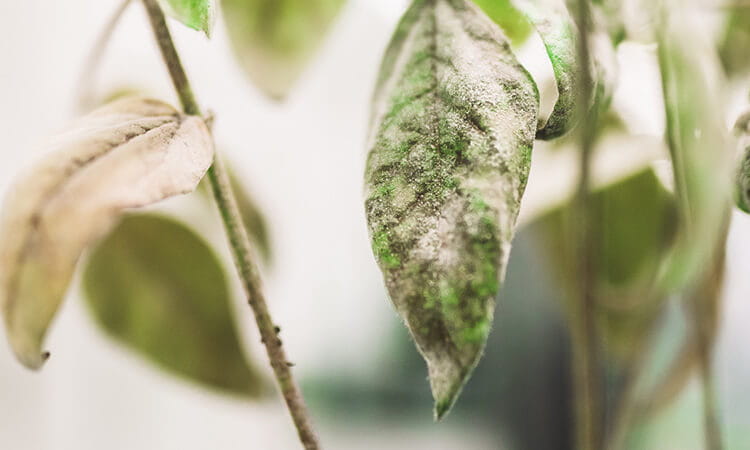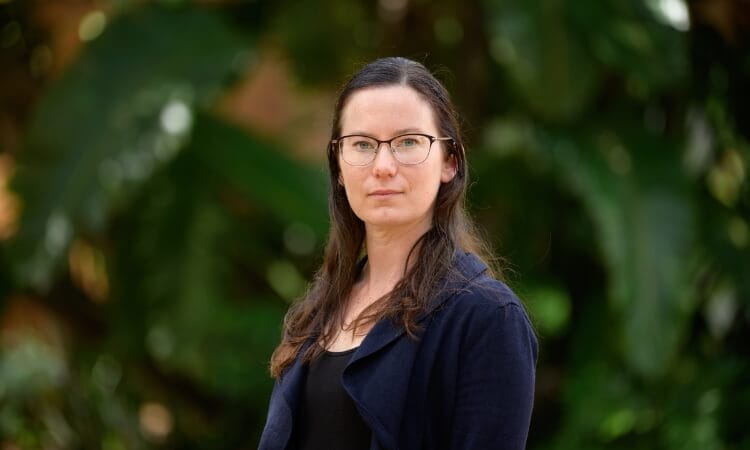Professor of Plant Pathology at UniSQ’s Centre for Crop Health Levente Kiss is an internationally recognised expert of a large group of microscopic fungi, known as powdery mildews, which cause disease on plants also called powdery mildew.
These fungi remain amongst the economically most important plant pathogens in agriculture and horticulture worldwide due to the combined effect of costs of chemical crop protection measures and yield losses.
Professor Kiss is leading a project at UniSQ that is delivered in collaboration with the University of Melbourne and the University of Zurich (Switzerland) to uncover a new way of managing these crop pathogens using a biocontrol approach. This is based on the natural enemies, the so-called hyperparasites of powdery mildews.
"These hyperparasites are the only microbes able to eat up the powdery mildew colonies in the field. Some are commercially available in other parts of the world," Professor Kiss said.
“The issue is they are not very efficient when sold as biofungicide products. No one knows how they are destroying powdery mildews under natural conditions. This is what we want to find out.”
The Discovery Project funded by the Australian Research Council and commenced in August 2021 enables the team to look at the hyperparasites at DNA level to work out exactly how they are killing powdery mildew.
Prior to the grant, in 2020 Professor Kiss and his colleagues published a groundbreaking paper uncovering the introduction and rapid evolution of powdery mildews in Australia.
In 2018, he organised a workshop for the National Plant Biosecurity Diagnosticians’ Network to compile the first list of powdery mildew species in Australia using mostly DNA barcodes.
The UniSQ Centre for Crop Health has also been working with Curtin University to combat fungicide resistance.
“Just like antibiotics in humans if fungicides aren’t used carefully it can lead to fungicide resistance in many crops,” Professor Kiss explains.
“We have to apply fungicides wisely, as recommended by experts, to prolong their effectiveness as much as we can because these chemistries are still the best, and sometimes the only tools we have to control some of the most significant crop diseases,” he said.
This project has been funded by the Broadacre Cropping Initiative, a partnership between the Queensland Department of Agriculture and Fisheries and UniSQ.
DID YOU KNOW?
“There are over 900 species worldwide but only about 45 exist in Australia and we have been able to discover that all those 45 arrived with or after European settlers landed in 1788,” Professor Kiss said.
“Some of these powdery mildews that were accidentally introduced to Australia have extended their hosts ranges quickly over the last maximum 200-230 years, and now are able to cause some disease on a few Australian native plants, in addition to their original host plants, which were crops, weeds or other plants introduced during colonisation.”



